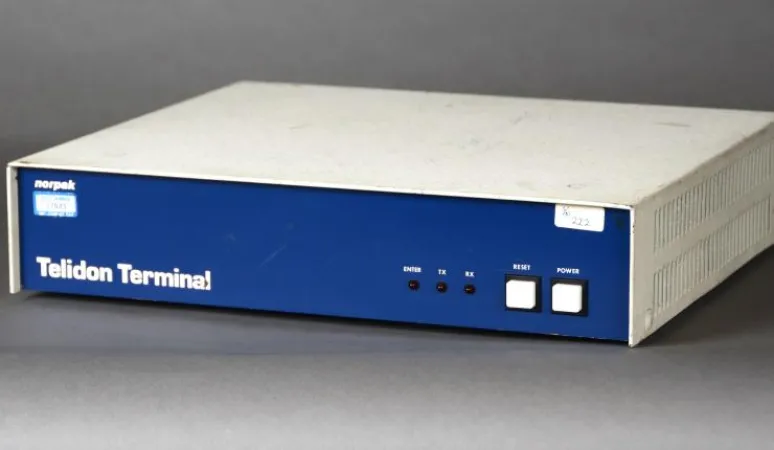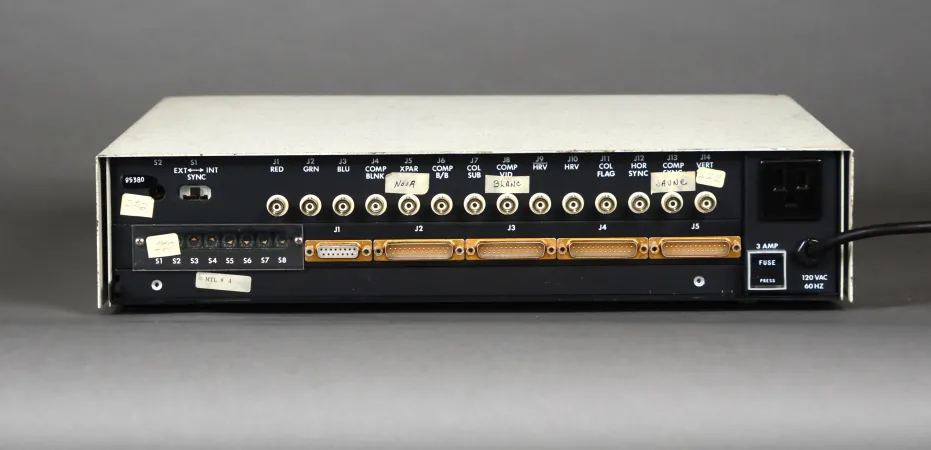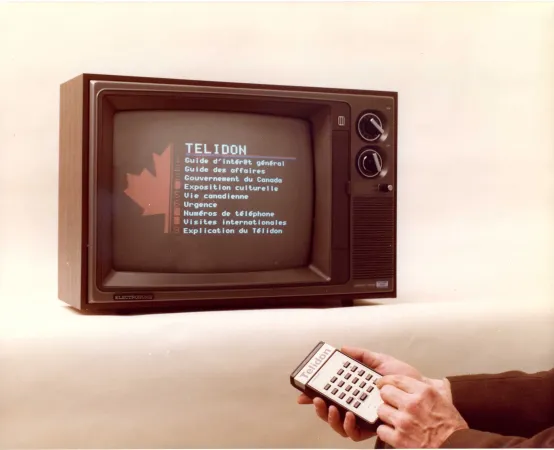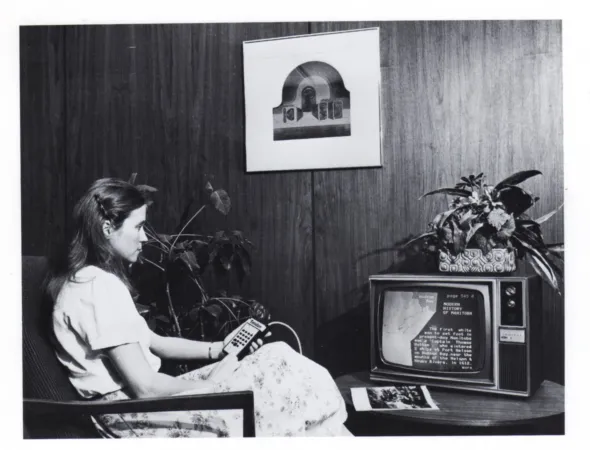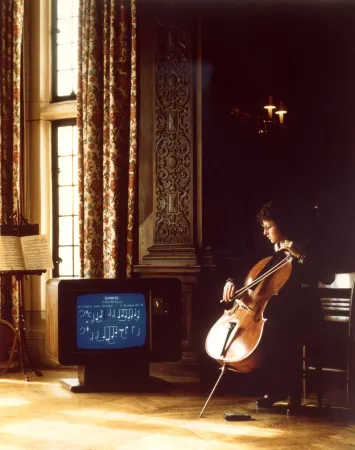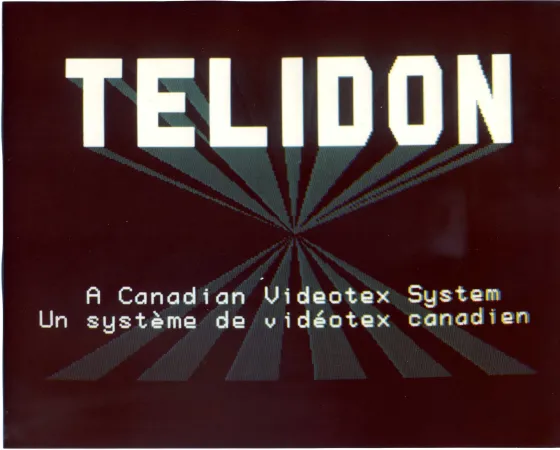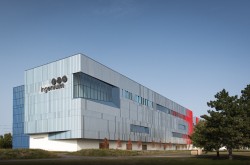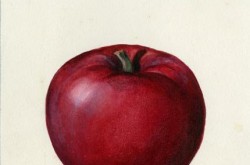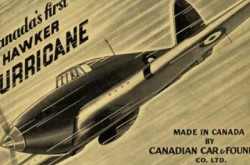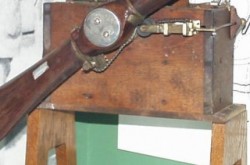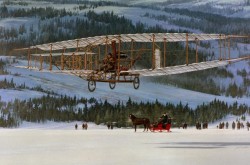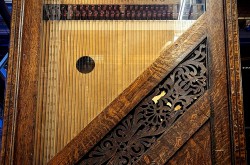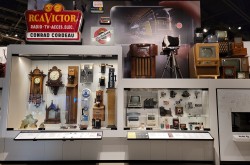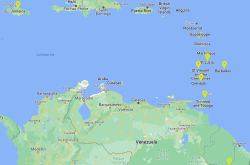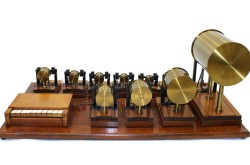Telidon Videotext Decoder
This article was originally written and submitted as part of a Canada 150 Project, the Innovation Storybook, to crowdsource stories of Canadian innovation with partners across Canada. The content has since been migrated to Ingenium’s Channel, a digital hub featuring curated content related to science, technology and innovation.
Before there was the internet, there was Telidon—a television-based information-sharing system that allowed users to browse computer databases. Telidon consisted of a terminal, a keyboard, and a television. Users plugged this decoder into their telephone or cable service and, using spare bandwidth, browsed services such as news, shopping, banking, community bulletins, and others. While Telidon featured superior graphics for its time, this Canadian government program failed to gain traction, in large part because the system was expensive and difficult to navigate. Nevertheless, the Telidon program, which ran between 1978 and 1985, developed new standards and protocols for computer graphics, and helped researchers better understand the user experience.
Telidon operated in either a one-way teletext or two-way videotext mode.



